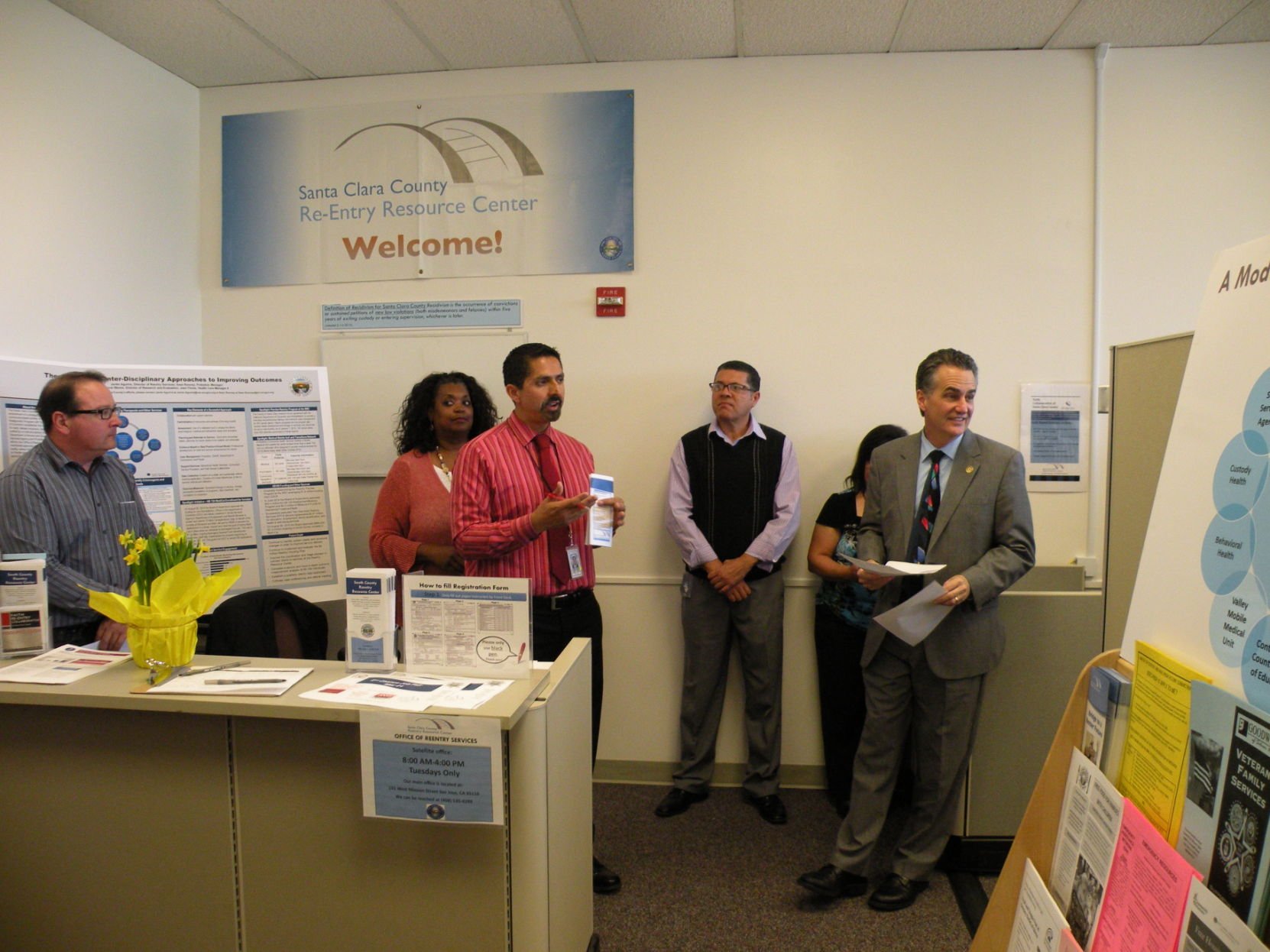Respondents to VTA survey say more bus service needed
Gilroy – Swedish tourists Maya El-Mouabi and Hana Chatila expected to spend Tuesday shopping at the Gilroy Premium Outlets – not traveling by train, bus, followed by another bus ride to get to there. The two women left Mountain View at 10am and arrived in Gilroy three and half hours later. They left four hours later – with no purchases in sight – just their ticket stubs.
“In Stockholm, if you miss a lightrail, another comes five minutes later,” El-Mouabi said. “Here, it takes 30 minutes by car (from San Jose) and three and a half (hours) by train.”
While waiting for a bus at the outlets to take them back to Caltrain, the women arrived four minutes early and watched from McDonalds for it to arrive.
“Maybe it didn’t ever come,” El-Mouabi said, while the two waited for a bus back to San Jose at the Monterey Street station.
But tourists are not the only individuals with something to gripe about.
Preliminary results of a sixth month survey conducted by the Santa Clara Valley Transportation Authority revealed that South County residents want more reliable buses, more bus routes and more express services to areas outside Gilroy – and at lower rates.
About 1,000 respondents returned surveys for the Gilroy Community-Based Transportation Plan – a joint effort between the VTA and the Metropolitan Transportation Commission designed to help fix transit problems in the Bay Area’s poorest regions. Gilroy is one of three Santa Clara County cities selected to develop a plan to determine how to provide better transit services.
The outreach targeted low-income travelers – more than 60 percent of those surveyed have an annual income of less than $20,000.
Hospitals and clinics, work and shopping were cited as locations impossible to get to with current transportation methods nearly 20 percent of the time. Thirty-percent of respondents had no bus route to these destinations, while 21 percent had limited service and 29 percent had either unreliable or slow service.
One positive aspect the survey uncovered was the customer service of bus and train operators.
“The purpose is to address needs for low-income residents through community based transportation planning,” said VTA spokesperson Jayme Kunz. “South County tends to be more isolated. There is not as much available bus services. Of course there is Caltrain, but that is limited service.”
VTA officials are in the process of compiling a list of ways to remedy current problems and looking into feasibility methods. A list of project ideas will be released in late March for public review.
South County Collaborative – a collection of non-profit agencies that provide socials services to area low-income, high-needs individuals – was contacted by the VTA to help distribute the surveys.
According to chairperson Dina Campeau, workers went door-to-door, stood at bus stops and visited the Ochoa Camp trying to reach those most dependent on public transportation.
“There is a problem even getting from Gilroy to Morgan Hill,” Campeau said. “What people really want is more options because right now we have nothing.”
There are three bus routes in Gilroy – and only one travels to San Jose.
“And it takes two and half hours to do it. There’s no express bus,” Campeau said.
According to Campeau, individuals east of the outlets, primarily farm workers, have difficulty utilizing public transportation. Other areas with limited routes are those west of Santa Teresa Boulevard and north of Mantelli Drive.
“People down here are so used to doing without … it was hard for them to think outside the box,” she said. “They’ve never seen what could be done because they’re usually told, ‘That’s can’t be done.’ Now we’re at the phase ‘What can we do?'”
Campeau would like to see specific shuttles from the health centers running to Valley Medical Center and to government center in San Jose.
For many individuals receiving social services, public transportation is the only method they have of making it to and from appointments.
Sometimes, those mandated to receive services are forced to miss scheduled appointments because they have no way of getting there, said Connie Vega, who serves as program manager for the Santa Clara County’s Social Services Agency’s family and child services department in Gilroy.
“Public transportation is the lifeline for many or our clients. That’s their wheels,” she said. “It’s hard enough to get your kids in the car … if you miss the bus then you’re in trouble. I think sometimes we take for granted that we have our own personal vehicles.”











